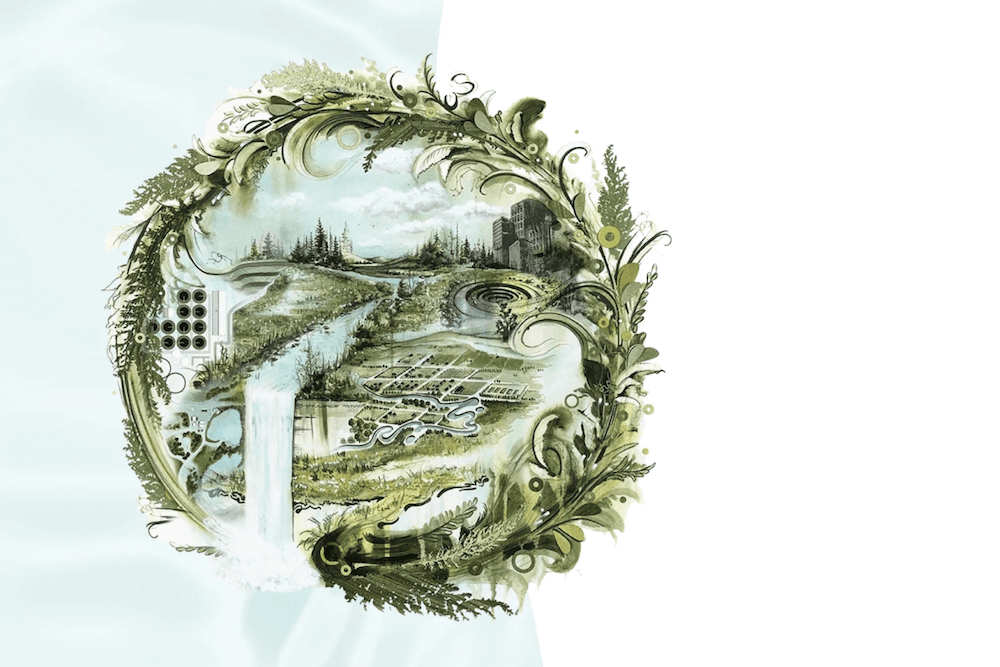It's time to shop for spring garden plants. And buyers should be careful not to bring home unwanted hitchhikers with their new additions.
Worming their way into your home
University of Georgia plant pathologists say a foliar nematode, or microscopic worm, is making its way into home gardens and landscapes by hitching a ride on plant hosts.
"This nematode has been found on up to 200 host plants, including vegetables, herbaceous perennials, flowering annuals, houseplants -- really, just about any plant," said Jean Woodward, a plant pathologist with the UGA College of Agricultural and Environmental Sciences.
Woodward should know. She's been tracking the tiny destroyer since graduate school, when she studied its effects on alfalfa in Wyoming.
"Here in Georgia, I've seen it on hosta, helleborus, verbena, heuchera, ferns and begonias," Woodward said.
J. Woodward, UGA
CAES |
| FOLIAR NEMATODES' damage is easy to spot on both the front, above, and back, below, of plant leaves. These tiny worms live in the leaf and eat it. As it dines, it kills that tissue. Damage appears as red, purple or tan spots in between the leaf veins. Woodward said many people mistake the damage for sunburn. |
J. Woodward, UGA
CAES |
Nematodes' damage
The nematode causes leaf decay and discoloration and stunts plants' growth. But it doesn't kill the plants.
"It lives in the leaf and kills the tissue as it feeds," Woodward said. "Infested leaves may have yellow, red, purple or tan spots. Not many people recognize the spots as being caused by foliar nematodes."
The nematode feeds in the leaf area between the veins, which results in discolored angular spots or long streaks, depending on the vein pattern of the leaf.
On hostas, she said, the nematode looks like additional stripes. In helleborus, it looks like angular purple spots. "People see the spots on helleborus and think it's just sunburning or scorching," Woodward said.
Keep them out to start with
To make sure the nematode doesn't make its way to your home, watch for signs of disease when you buy garden plants. "Don't buy anything that looks like it has a disease," Woodward warns. "If looks abnormal, don't buy it."
If you already have the nematode in your home garden, it's not too late to get rid of it.
If in, still treatable
"Just clip back all the leaves on your plant," Woodward said. "If you get rid of the leaves, you'll get rid of most of the nematodes."
After you cut the leaves from the infected plant, remove them from your garden site.
"Don't even compost the leaves, because you'll be saving the nematodes," Woodward said. "If you save the leaves, the nematodes will remain there all year. And they'll be back next spring."
If you need help identifying the nematode, take a sample cutting to your county Extension Service office.








